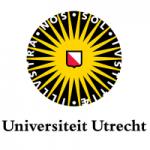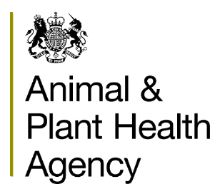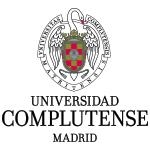Attributable sources of the five most prevalent non-typhoidal Salmonella serovars across ten European countries
Investigation published in The Journal of infection
November 1st, 2025
Non-typhoidal Salmonella is the second most frequently reported zoonotic pathogen in the European Union and European Economic Area. Most human infections are caused by serovars Enteritidis and Typhimurium. Genomic characterisation of Salmonella isolates from humans and animals has become a routine public health surveillance tool in many countries. In this study, the relative contributions of several potential sources of human infection of the five frequently reported Salmonella serovars was estimated using machine-learning methods based on a large, cross-sectional collection of genomes from human cases, and animal and environmental sources, across ten European countries. To define the population structure, core-genome Multilocus Sequence Typing was performed. A supervised machine-learning approach was applied for source attribution in the form of a Random Forest classifier. The source and country attribution models achieved moderate accuracy (F1= 0.6-0.9), which is lower than in previous studies using machine-learning on Whole Genome Sequencing data. However, attributions of human clinical isolates to different sources were generally in line with previous findings for these five serovars. While the lack of clonality in some sources hindered their prediction, it is also likely that certain sources (e.g., pets) do not serve as major contributors to human infection. Therefore, in most cases attributing these sources to the livestock species they are typically associated with is likely appropriate. Country attributions showed that substantial human cases are attributable to countries other than their own, indicating geographical interrelatedness of sources. This highlights the value of internationally harmonized Salmonella-control policies in the food production chain
Teunis G., Dallman TJ., Zajac M., Skarzynska M., Petrovska L., Pista A., Silveira L., Clemente L., Thepault A., Bonifait L., Kerouanton A., Chemaly M., Alvarez J., Soderlund R., Moller-Nielsen E., Chattaway M., Burgess K., Byrne W., van den Beld M., Hendrickx APA., Franz E., Pires S., Hald T. and Mughini-Gras L.
| Centre for Infectious Disease Control. National Institute for Public Health and the Environment (RIVM). | |
 | Faculty of Veterinary Medicine. Utrecht University (UU). |
| National Veterinary Research Institute (PIWET). | |
 | Animal and Plant Health Agency (APHA). |
| Instituto Nacional de Saúde Doutor Ricardo Jorge (INSA). | |
| Instituto Nacional de Investigação Agrária e Veterinária (INIAV). | |
| Unit of Hygiene and Quality of Poultry and Pork Products. Ploufragan Plouzané Laboratory. Agence Nationale de Sécurité Sanitaire de l´alimentation, de l´environnement et du travail (ANSES). | |
 | Centro de Vigilancia Sanitaria Veterinaria (VISAVET). Universidad Complutense (UCM). |
 | Departamento de Sanidad Animal. Facultad de Veterinaria. Universidad Complutense (UCM). |
| National Veterinary Institute (SVA). | |
 | Statens Serum Institut (SSI). |
| United Kingdom Health Security Agency. | |
| University of Warwick. | |
| Teagasc Food Research Centre. | |
| Department of Agriculture, Food and the Marine (DAFM). | |
| National Food Institute (DTU Food). Technical University of Denmark (DTU). | |
